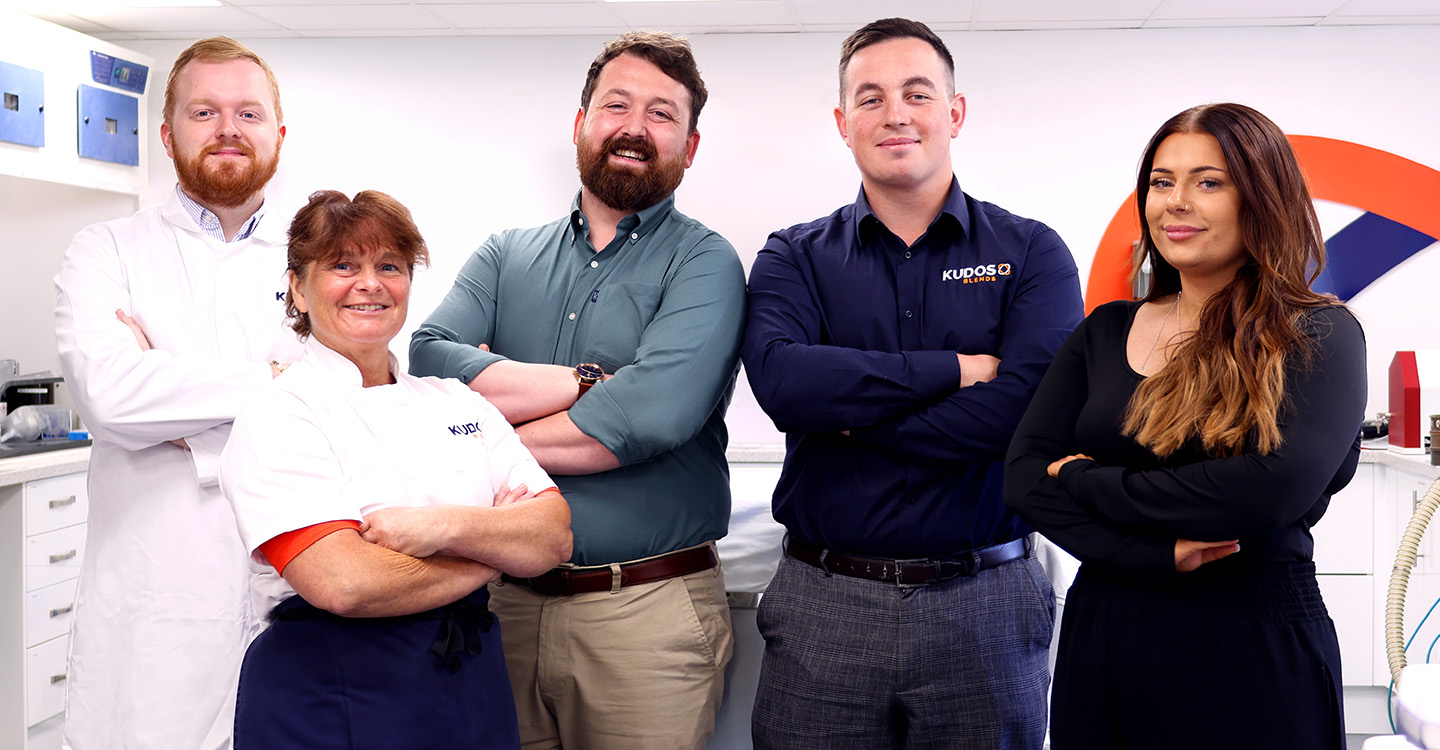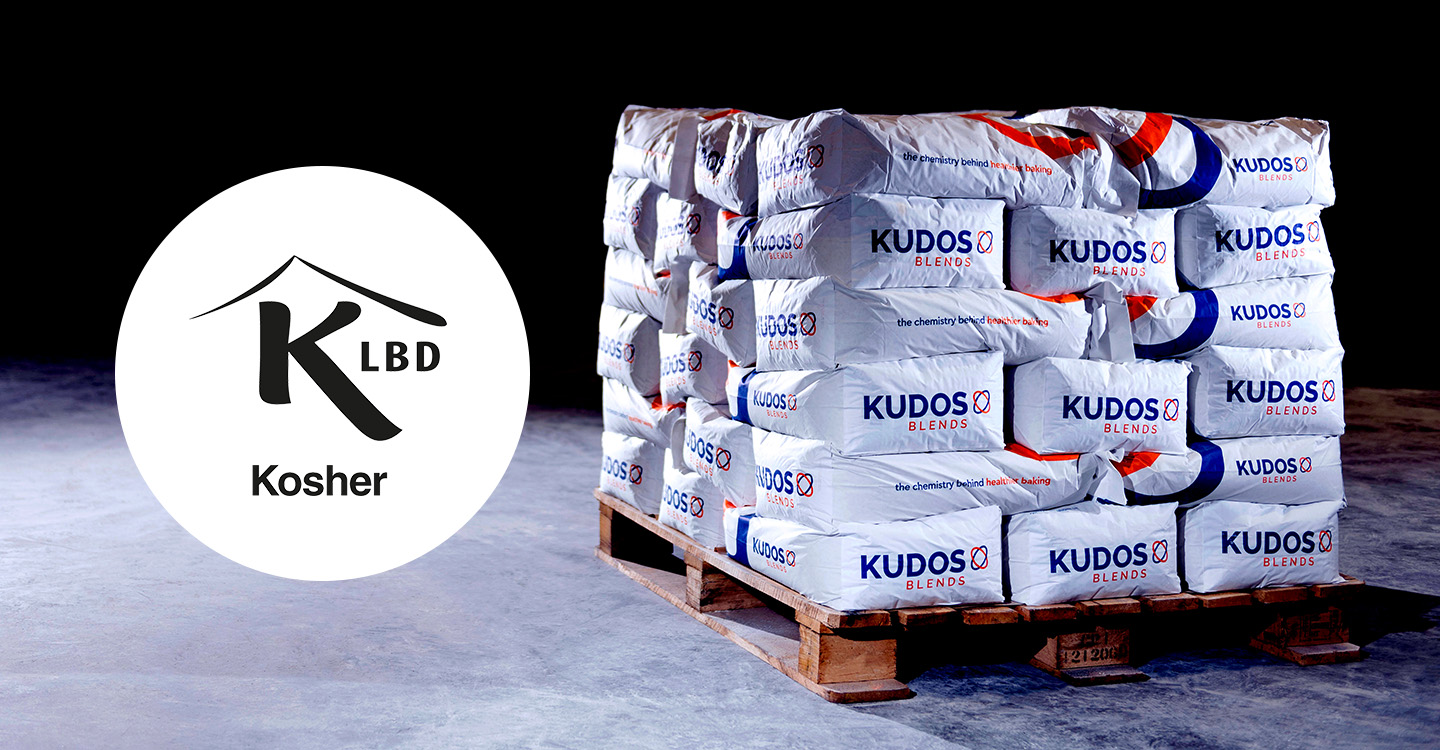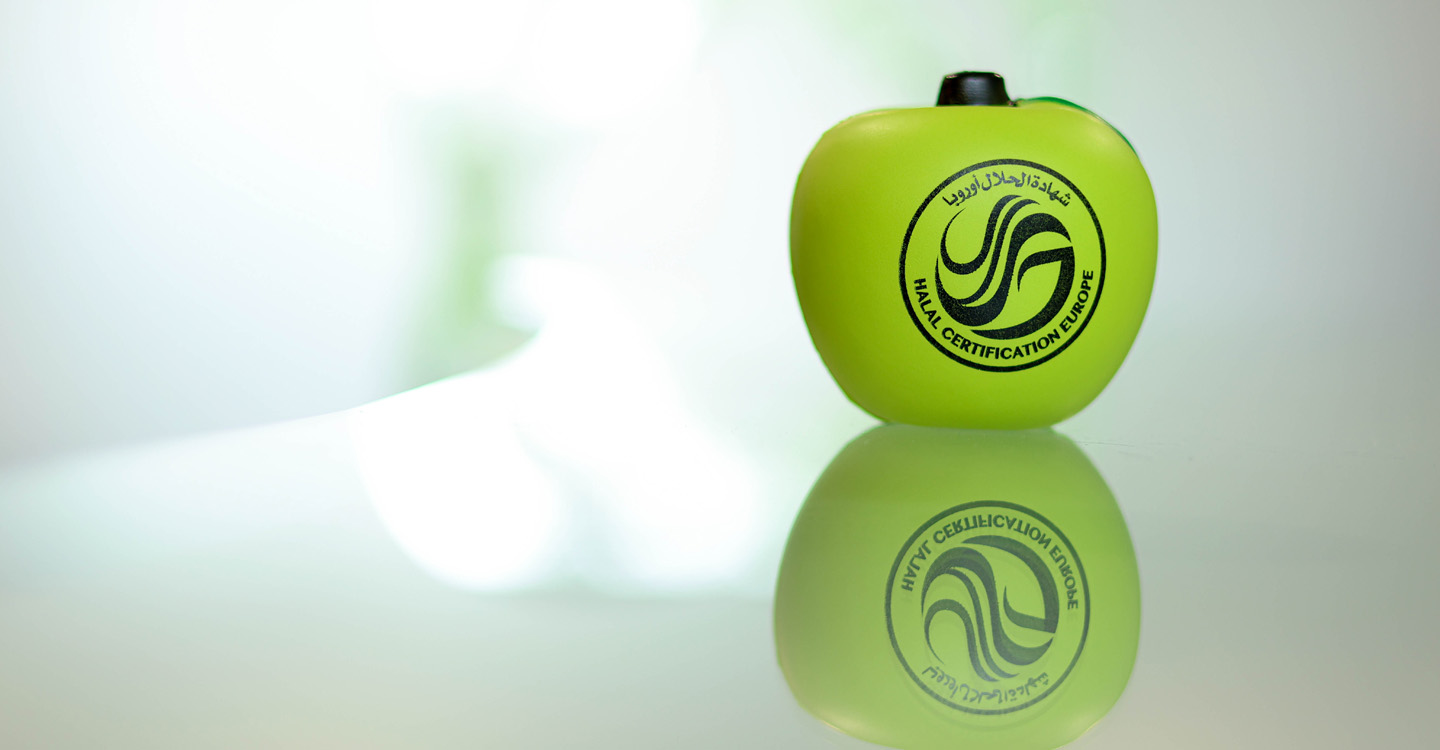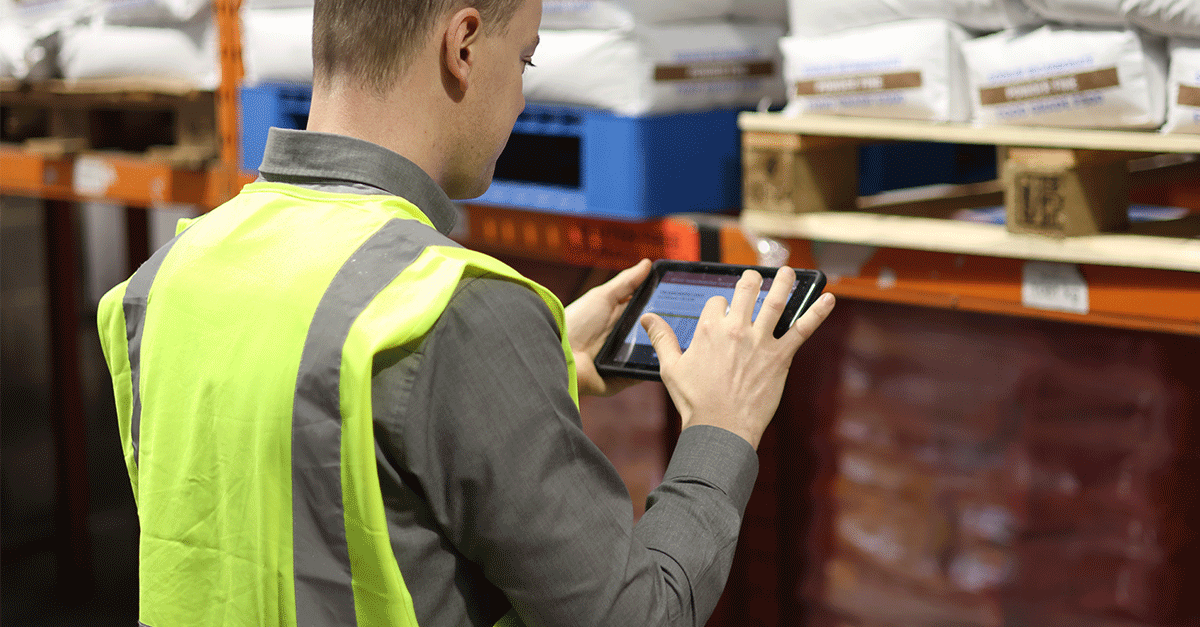Summary
Achieving vibrant natural colours in baked goods, that retain their colour over life can be challenging. In the current market of evolving trends, bright and vibrant colours are required for a variety of different applications such as seasonal ranges and novelty products. It is becoming vital to be able to achieve and maintain these colours naturally in order to meet consumer expectations. Changing to ZEUS™ G90 gives the ability to reduce the pH, which in turn helps stabilise the natural colours and maintain the colours over shelf-life.
What ZEUS™ G90 Can Do For You
- Improve the vibrancy of natural colours without impacting the volume and structure of the product.
- Create a more stable colour over shelf-life.
- Lower the pH of the product and improve shelf-life.
- Provide a phosphate-free alternative for traditional SAPP based baking powders.
Our colour enhancing ZEUS™ G90 technology is also available for applications such as madeira cakes, pancakes, flatbreads and many more. To find out more about our revolutionary new ZEUS™ range of baking powders, contact our experts.
Background
In recent years, there has been a notable shift in bakery sector goods offering natural, clean-label products, driven by heightened consumer demand for transparency and simpler ingredients. This change has been influenced by the media, trends and social platforms, which have increased awareness among consumers about additives like E numbers, raising concerns about certain artificial colourings, identified by E numbers, due to studies suggesting potential links to adverse health outcomes, including hyperactivity in children.
As a result, shoppers are now more inclined to seek out products with clearer declarations and easier-to-understand ingredient lists meaning natural plant-based colours are becoming increasingly prevalent in the industry. Some colours are manufactured using insects or ingredients that contain allergens meaning that they do not comply with all customer needs and makes them limited to the products that they can be added to. Food additives of this nature are becoming less and less popular.
Challenge
Often, when using natural colours in cakes, instabilities in the colour occur. Certain natural colours are more affected than others, for example, anthocyanin is a commonly used natural pigment found in plants, often in red, blue and purple colouring. A high product pH can be detrimental to anthocyanin pigments, as it alters the chemical structure, meaning the light then refracts differently from it. This results in the pigment turning a grey colour instead of the vibrant colour desired.
To combat this, a fast-acting acid, such as citric acid could be included in the recipe to reduce the pH of the product and help stabilise the colour. However, this compromises the effectiveness of the baking powder, which results in poorer volume, crumb structure and excessive moisture retention in the final product.
Solution
By harnessing an innovative leavening technology, the ZEUS™ G90 baking powder enhances quality and extends shelf-life through controlled gas release, surmounting pH buffering challenges and boosting water binding properties.
Natural colours were tested in a 6-inch round sponge cake, comparing a standard baking powder against ZEUS™ G90.
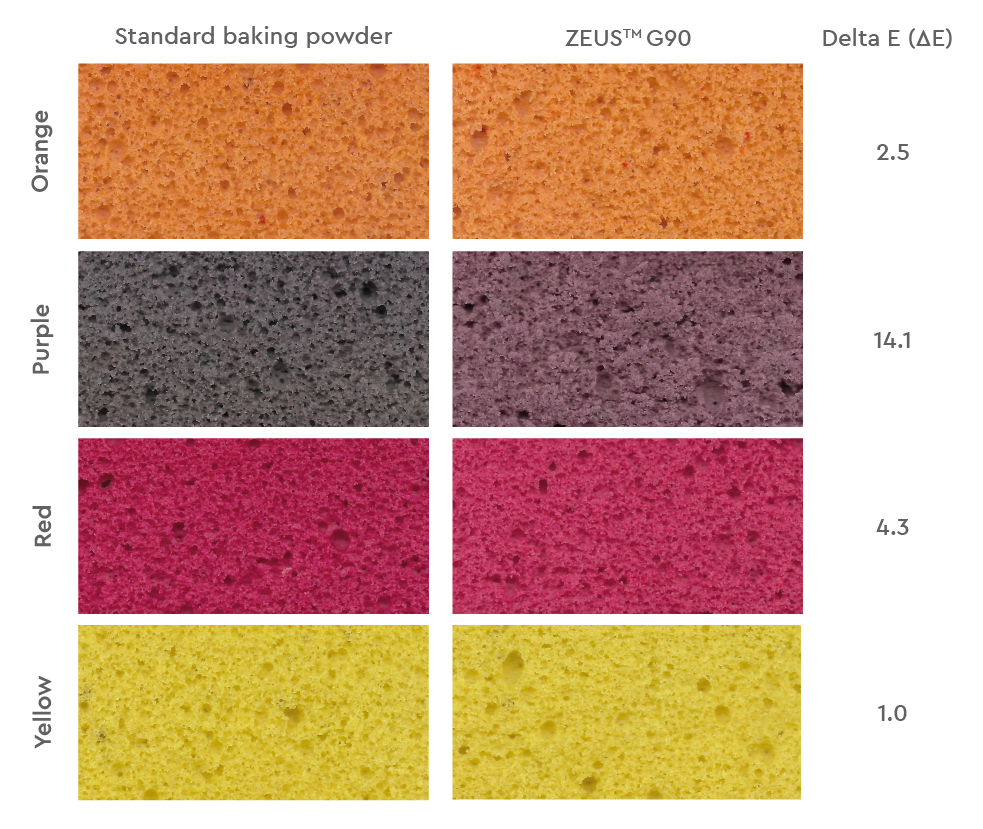
Fig. 1. Showing the difference between two colours and comparing them using the ∆E. The higher the number the greater the difference between the two colours.
∆E >3 = differences are easily perceptible
As shown above, there are clear differences in colour, especially noticeable in the purple and red colours. An issue seen over time is that anthocyanins are susceptible to degradation over time, particularly when exposed to certain environmental factors, such as light and temperature. Using ZEUS™ G90 not only retained the cake’s vibrancy during baking but also throughout its shelf-life. With supermarket celebration cakes requiring a relatively long shelf-life, the colours need to be stable over time to still be bright and vibrant when they reach the customer.
How Does ZEUS™ G90 Achieve This?
Unlike other possible methods to achieve lower pH levels, such as adding a fast-acting acid. ZEUS™ G90 does not change or affect the leavening of the recipe, or produce excess acid flavour issues in the end product. Thanks to its ability to naturally lower the pH, the structure of the colour pigment is more stable and the vibrant colour is retained.
Not only this, but a lower pH means that the Maillard reaction, which results in browning of baked goods during baking, occurs at a slower rate. This means that by the time your product comes out of the oven, less browning pigments from the Maillard reaction have been produced, ensuring that both the crust and crumb brightness will be enhanced, which will ensure that any natural colouring added is not masked by any natural dark hues in the cake, and less cut-off waste is produced.
pH
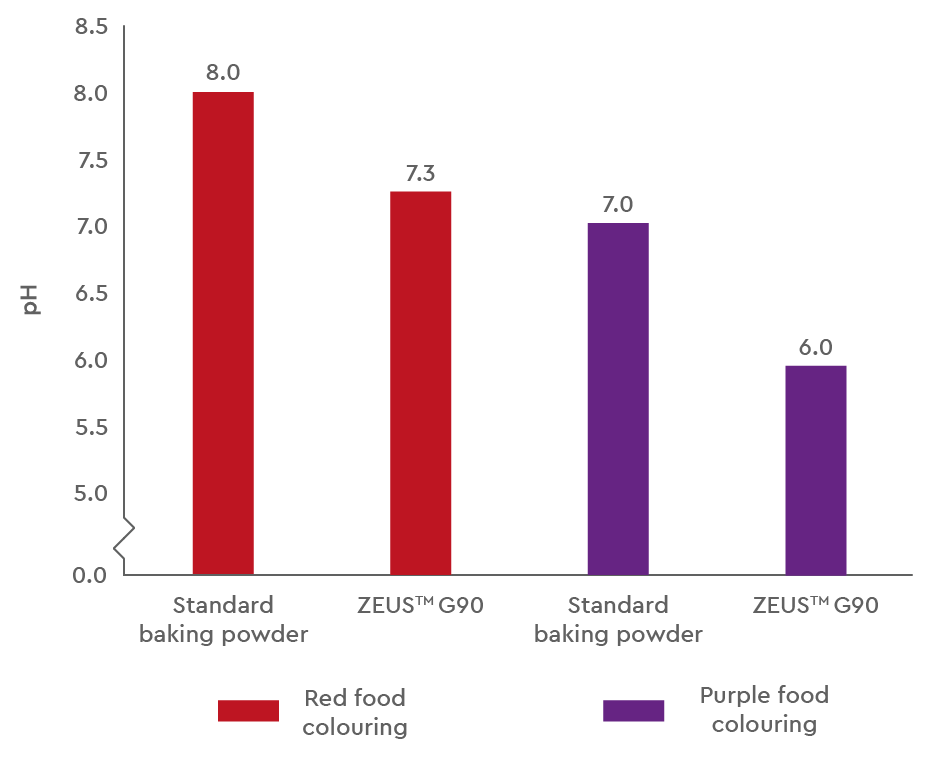
Fig. 2. pH was measured using a benchtop pH/ion meter. Bar colours represent the natural colours used.
Effect of pH on Preservative Effectiveness
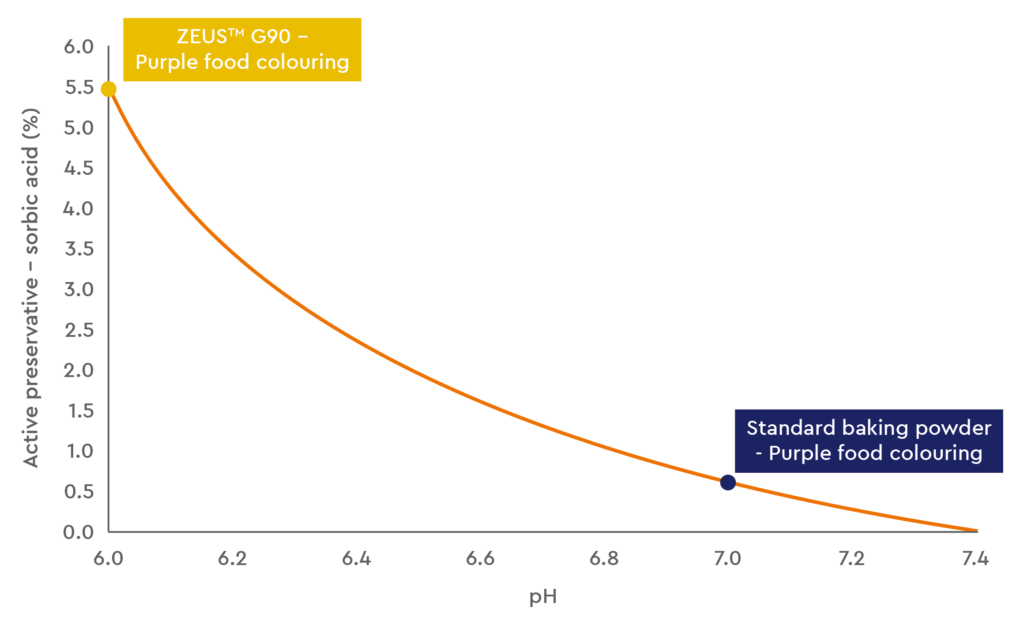
Fig. 3. Effect of reducing end product pH on active preservative (potassium sorbate) as derived from the Henderson-Hasselbalch equation.
Other Benefits of ZEUS™ G90
Reducing the pH has multiple benefits other than enhancing brightness and retaining natural colourings. A baked good with a lower pH can also give preservatives in the recipe an increased effect (see Figure 3). For example, using the preservative potassium sorbate, the pH lowering effect of ZEUS™ G90 was able to increase the active preservatives by over 800% due to achieving a pH of 6.0. This enables manufacturers to increase the shelf-life of their products or reduce the additional rate of preservatives in the recipe to make a cleaner product.
Alongside these benefits, ZEUS™ G90 also provides excellent volume and crumb structure consistency as well as being phosphate-free.
